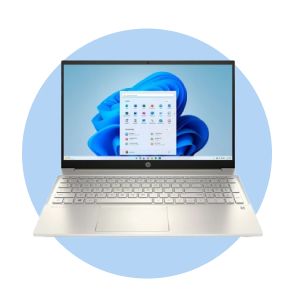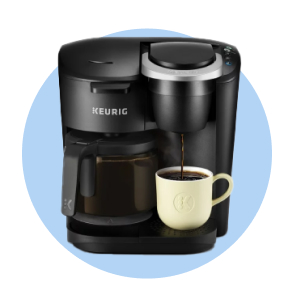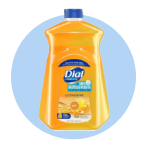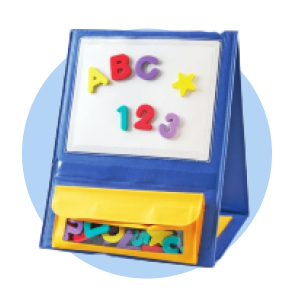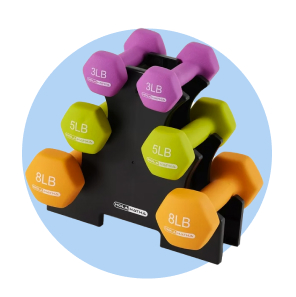
Substitute Teacher Supplies: 7 Items to Add to Your Toolkit
Take care of your students & yourself
Substitute teaching is often like a magic show. You start with a skeptical audience, but you can win that audience over through a mix of technical skill and showmanship. There’s another thing the seemingly unrelated professions have in common: a tried-and-true bag of tricks. The right substitute teacher supplies can turn an uncooperative classroom into one that’s positively mesmerized.
Substitute teachers need to be creative to pack a one-size-fits-all bag. They might have to teach elementary school science, middle school Spanish and high school literature, all in the same week. To set themselves up for success, substitutes should carry lesson plans and worksheets to keep students focused—and rewards to keep them entertained. Along with some flair and enthusiasm, a substitute teacher bag of tricks can help conjure up an enchanting lesson.

7 must-have substitute teacher supplies
The items in a substitute teacher survival kit serve three purposes. First, they help maintain control over a classroom. The average American class has 20 students in it, some of whom would likely prefer to be elsewhere. Even the most attentive students may feel adrift without their usual teacher present. Keeping students engaged with interesting lessons and challenging coursework is one part of the solution. Providing a little extra incentive is another.
The second reason to carry substitute teacher supplies is to deal with unexpected classroom situations. No one wants to stop a productive lesson because a student lost their pen, forgot their notebook or got a papercut. Carrying a few common school supplies and first aid items can help prevent everyday issues from becoming bigger problems.
Finally, substitutes also need to pack some sustenance, both physical and mental. Seeing to their own needs can help them take better care of their students.
1. School supplies
Substitute teachers and their students need, at minimum, two things to succeed: something to write with and something to write on. For substitutes, this could mean chalk and a blackboard or dry-erase markers and a whiteboard. For students, this could mean pens, pencils and notebook paper.
In a perfect world, every classroom would be fully stocked and every student would be completely prepared—but we don’t live in a perfect world. Substitutes should bring their own school supplies, particularly if they’ve never taught at a particular location before. That way, they can dive right into lessons rather than having to start each class with a supply run.
2. Spare lesson plan
Unless they’re dealing with a last-minute emergency, regular teachers will usually leave substitutes with a lesson plan. These can make life much easier for everyone involved. Substitutes know exactly what they’ll teach, while students can pick up learning right where they left off.
Because lesson plans are invaluable, losing one can be a major disruption. Substitutes should always carry a spare lesson plan just in case anything happens to the original. Creating a digital version is also a good last resort, although a physical copy is less distracting—and doesn’t require any electricity to run.
3. Extra worksheets
While some school subjects require lectures and discussion, others rely on repetition and memorization. For math, physical sciences and even foreign languages, a good worksheet can keep students busy while building their skills. For busy substitute teachers, worksheets offer a variety of benefits:
Students can complete worksheets without any direct oversight or interaction
The substitute doesn’t have to be an expert in the subject matter
Students can work either alone or in groups
Worksheets are easy to correct and grade
For younger students, substitute teachers can hand out coloring pages, word searches or similar activities. These materials can even tie into existing lesson plans, such as science or geography.
4. Fun rewards
Positive reinforcement is one of the most powerful tools in education. That’s why when substitute teachers see behaviors they like, they should offer suitable rewards. Hand a piece of candy to anyone who volunteers to solve an equation on the blackboard. Include a colorful sticker when you hand back a perfect worksheet. A student who makes an insightful point during a literature discussion might love a bookmark.
Just be aware that while rewards can help students focus, they can also make the learning process feel transactional. Consider them a perk rather than the centerpiece of a lesson.
5. First aid kit
In theory, every classroom should have a fully stocked first aid kit. In practice, many kits are expired, incomplete or missing outright. Even if you never have to deal with a medical emergency, there are still reasons to keep some bandages and antiseptic solutions on hand. Sending students to the school nurse for every little bump or scrape is both time-consuming and tedious. With some first-aid basics on hand, you can attend to these minor issues and get on with the lesson.
6. Food & water
A substitute teacher’s schedule is unpredictable; you could have a long break in the middle of the day or find yourself in back-to-back classes for hours. As such, you should bring your own food.
If bringing a full lunch is inconvenient, you should at least carry a few snacks to tide yourself over until the end of the day. Likewise, you should bring plenty of water, as you will probably have to talk to students for hours on end.
7. Reading materials
There are two types of reading materials that warrant inclusion in a substitute teacher bag of tricks: something for the students and something for the substitutes themselves.
Reading materials for students can be especially helpful in subjects such as literature, history or civics. You can print out news articles, excerpts from primary sources, poems and other short pieces, then distribute them to students. Reading and discussing these pieces could easily take up a whole class session, particularly if you have multiple handouts ready.
It’s also not a bad idea to bring a book for yourself. You might find yourself with free periods, and a good book can be a solid defense against boredom. Alternatively, a lesson plan may suggest that students read or work on projects independently. If students see you reading quietly, they may be more inclined to do the same—particularly you have an interesting book you can discuss with curious students later on.
Keep your class engaged with Walmart Business
A good substitute is both an educator and an entertainer. That requires a versatile bag of tricks. If you’re in the market for substitute teacher supplies, from classroom crafts to teaching aids, Walmart Business can help. School administrators can sign up for a free Walmart Business account for access to bulk goods and to see order histories for both online and in-store purchases.
If you already have an account, consider upgrading to a Walmart Business+ membership. With it, you’ll get free shipping with no order minimum1 and free deliveries from nearby Walmart stores on orders of $35 or more.2 You’ll also get 2% back in Walmart Business Rewards on orders of $250 or more.3 These benefits could save you more than $500 over the course of a year.4
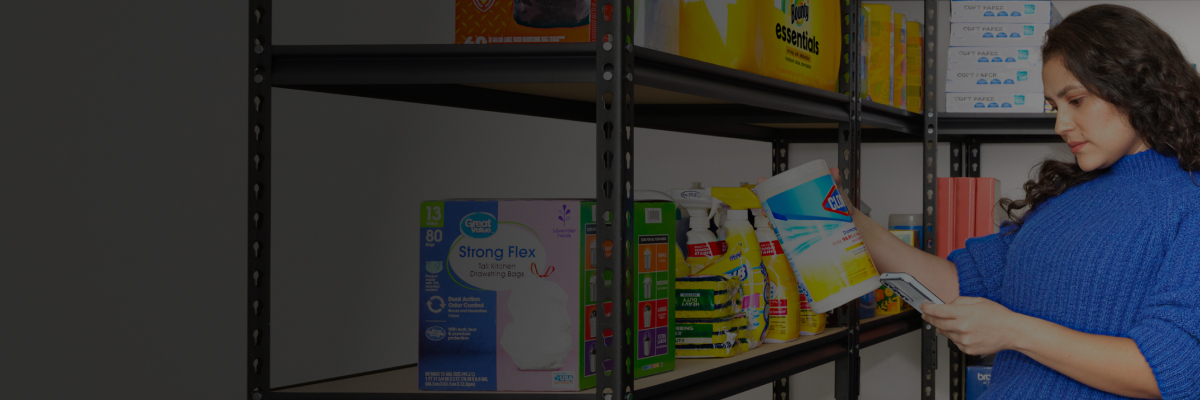
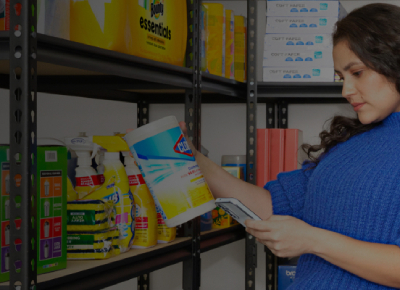
Limited-time offer
Unlock your special promo code
Stay informed on Walmart Business news & get $20 off a $100 purchase!1
1Minimum order of $100. Promo code can be used one time & may not be combined with other offers. Offer not transferable & void where prohibited by law. Customer responsible for all applicable taxes. Offer expires 12/31/2025 at 11:59pm PT. Further restrictions apply. See terms at checkout for details. Promo code offers available in limited quantities. While supplies last.
1 Excludes most Marketplace items, freight and certain location surcharges.
2 Restrictions apply.
3 Rewards can only be used toward future purchases on Walmart Business. Additional terms apply.
4 Savings based on 1 free $35+ delivery order vs. $9.95 fee and 1 free shipping order under $35 vs. $6.99 fee biweekly, plus 2% Walmart Business Rewards on monthly order >$250 (average value of $400).
Exciting news awaits
Hear firsthand about new products, features & promotions.
By clicking submit, you agree to receive emails about Walmart Business and acknowledge you have read and agreed to our Terms of use and Privacy Policy.




